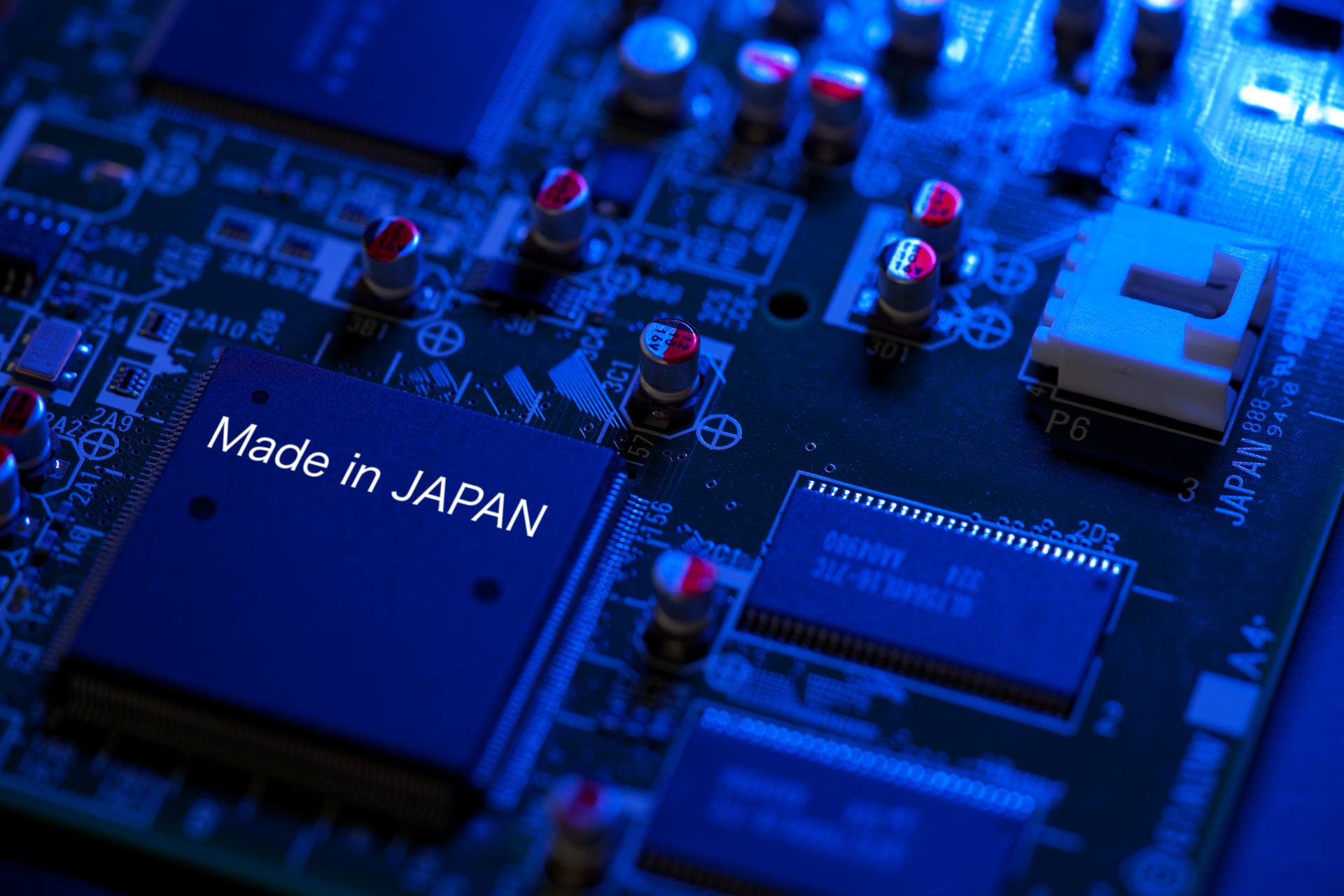The 30-year long deflation in Japan
Last year, I went to Germany, China, US, India, Thailand, Vietnam, the Philippines, Australia, New Zealand, Singapore, and Taiwan. Such many business trips overseas help me see Japan more clearly. It’s like we can sometimes see things better by looking from a distance. One of the biggest discoveries I recently had about Japan is “the price of things is comparably cheaper.” Let me show you the evidence. Japan is the third biggest country in GDP but ranked 23rd in the World Big Mac Price Ranking (Jan 2019). MacDonald’s Japan might make bigger efforts, but it’s true that we have many other choices for lunch only for 5 dollars here in Japan.

Japanese people get too used to no price rise
The huge bubble burst in 1991, and the Japanese economy completely collapsed. The era after the bubble burst was once called “lost two decades” but now becomes “three decades”. No worries. I don’t mean to detail the causes of the long-lasting recession. It must be boring. Instead, let’s just focus on people’s mentality. I’ll share one of the reasons why the price of things becomes cheaper in Japan. The bubble burst was so huge that it took much time to recover (still halfway though). The chart above is Consumer Price Index (CPI) from 1980 to 2019. You can see the Japan’s CPI levels off from 1991. Can you imagine there’s a country of no rise in price for 30 years? Here we are! Sadly enough, we get used to such a condition. I think this mentality would be the main reason why this recession lasts long.
Consumers become too sensitive on price increase. Producers keep salary low to avoid price increase, accordingly. In other words, most people consider price increase as evil in Japan, while overseas markets take it for granted in the long run. Some people may still regard Japan as a big economic power in the world, but in reality, it’s a country where people live humbly with 5-dollar lunch.
“Made in Japan” is good and cheap
Once Japanese makers dominated the world markets with their price and quality competitiveness. Now, more price-competitive entries from developing countries are driving us out. In addition, the long and severe domestic competitions force most of us to withdraw from the market. Remaining survivors are companies of real value where people continue to work diligently even at lower wages. Japanese products were thought to be “good but expensive” in the past but nowadays have changed to “good and cheap”. There’s no reason not to buy Japan (our products) now!

Shungo Ijima
He is travelling around the world. His passion is to explain Japan to the world, from the unique viewpoint accumulated through his career: overseas posting, MBA holder, former official of the Ministry of Finance.

